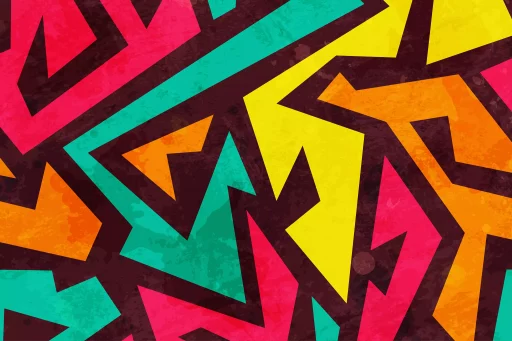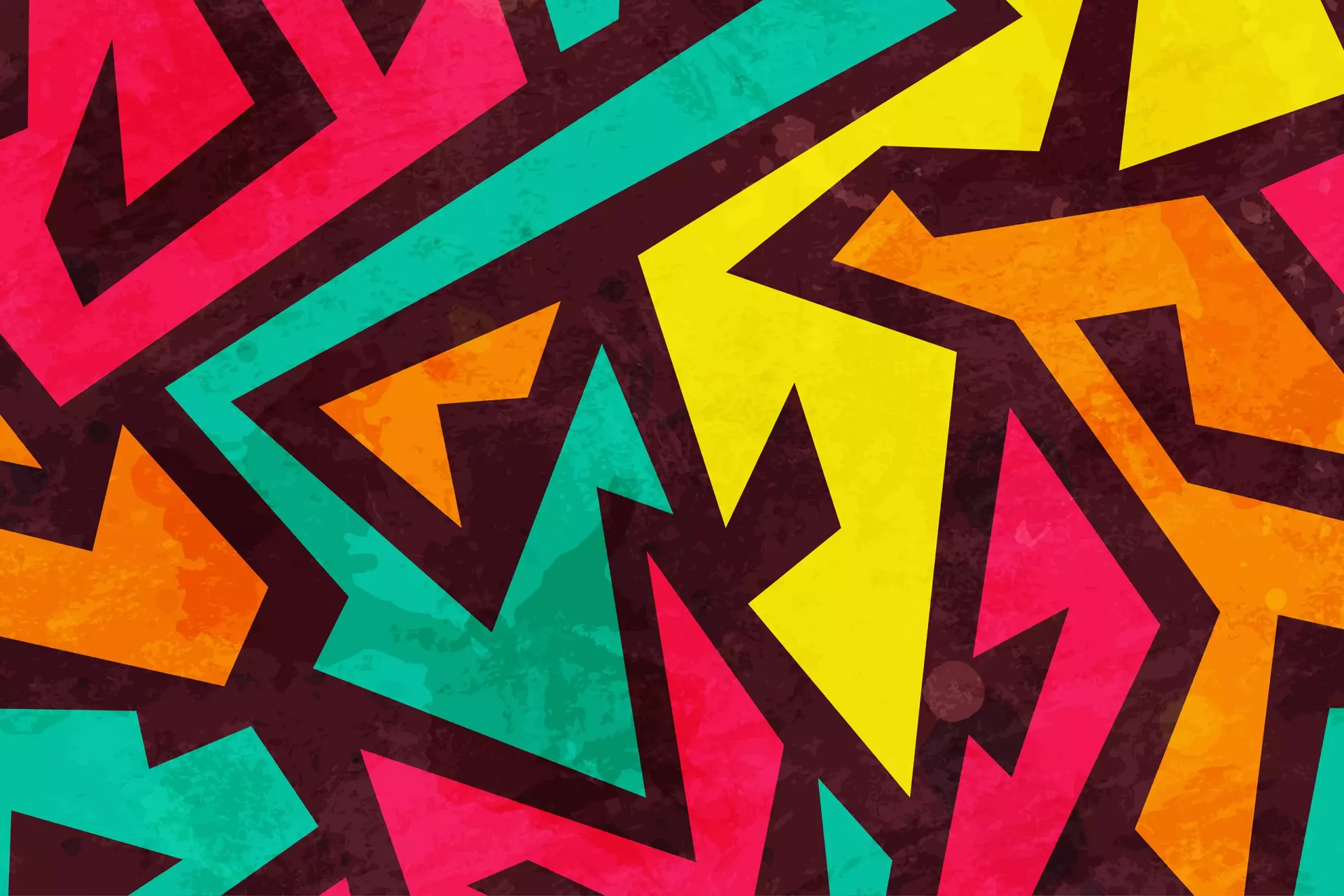Introduction to GDK
In the landscape of slang and internet language, terms can evolve rapidly, confusing many and intriguing others. One such term gaining traction in various circles is ‘GDK’. Primarily used in urban lexicon, GDK stands for “Gangsta Disciple Killer.” Initially emerging from the undercurrent of gang culture, it has permeated popular culture and social media. In this article, we will delve into the meaning, usage, history, and implications of the term GDK.
The Roots of GDK
The phrase originated within the context of gang affiliations, notably associated with conflicts between different factions of the Gangster Disciples, a notorious street gang founded in Chicago in the 1960s. As peace is rarely a constant in the realm of organized gangs, terms like GDK have emerged to signify sectors of their disputes.
Meaning and Usage of GDK
GDK is primarily a derogatory term used to identify individuals who either oppose the Gangster Disciples or are involved in criminal activities against them. This usage highlights the divisions and rivalries that characterize gang culture. Here are some examples of how GDK is used:
- Coded Language: In conversations, especially by gang affiliates, saying “He’s GDK” indicates an individual who is perceived as a threat or rival.
- Social Media: Posts or tweets might use GDK to express disdain or aggression towards opponents, further spreading the term among wider audiences.
- Music and Pop Culture: Various rap and hip-hop artists incorporate GDK into lyrics to symbolize their stance against rival factions.
Case Studies on GDK Usage
The term has occasionally surfaced in legal documentation, police lingo, and urban research studies. Analysts have noted that the rise in social media usage has significantly contributed to spreading terms like GDK beyond localized regions. Consider the following instances:
- Rap Lyrics: In tracks by artists such as Lil Durk and others from Chicago, references to GDK may be both a representation of pride in their gang identity and a call for loyalty amongst their followers.
- Social Movements: Influencers and musicians may use the term lightly to capitalize on its shock value or to discuss the realities of gang culture in a resolved context.
- Documentaries: Films focusing on gang life might explore GDK as part of their narrative, shedding light on the lives entangled within these affiliations.
The Evolution of GDK in Popular Culture
As mentioned, GDK has transcended its original meaning rooted in gang conflict to capture a broader audience’s imagination. The blending of street culture with mainstream entertainment has allowed GDK to become part of various narratives:
- Fashion Brands: Some streetwear brands tap into the rebellious essence represented by GDK, attracting youths looking for edgy apparel.
- Online Communities: Platforms like TikTok witness trends or challenges where GDK terminology might be casually thrown around, often without understanding its serious implications.
Statistics on Slang Usage
An interesting statistic from the Pew Research Center indicates that approximately 88% of teenagers use internet slang. Among this demographic, a significant portion (about 60%) reported trying to adapt and understand new slang terms, highlighting a culture of linguistic adaptability. Given that slang can shift definitions and meanings over time, GDK’s usage can vary widely.
Reflection on GDK’s Impact
While slang may appear as a mere triviality, terms like GDK prompt discussions about identity, culture, and community. It bridges conversations about adversity, yet it can simultaneously glorify violence within communities. As a result, unpacking the layers of GDK reveals not just its meaning but the socio-economic issues underlying its existence.
Conclusion
GDK serves as both a cautionary tale and an expression of loyalty within gang culture. Its use in popular culture points to a larger societal issue that transcends regions and socio-economic statuses. Understanding its implications is essential, especially for those navigating the modern linguistic landscape of youth culture.


